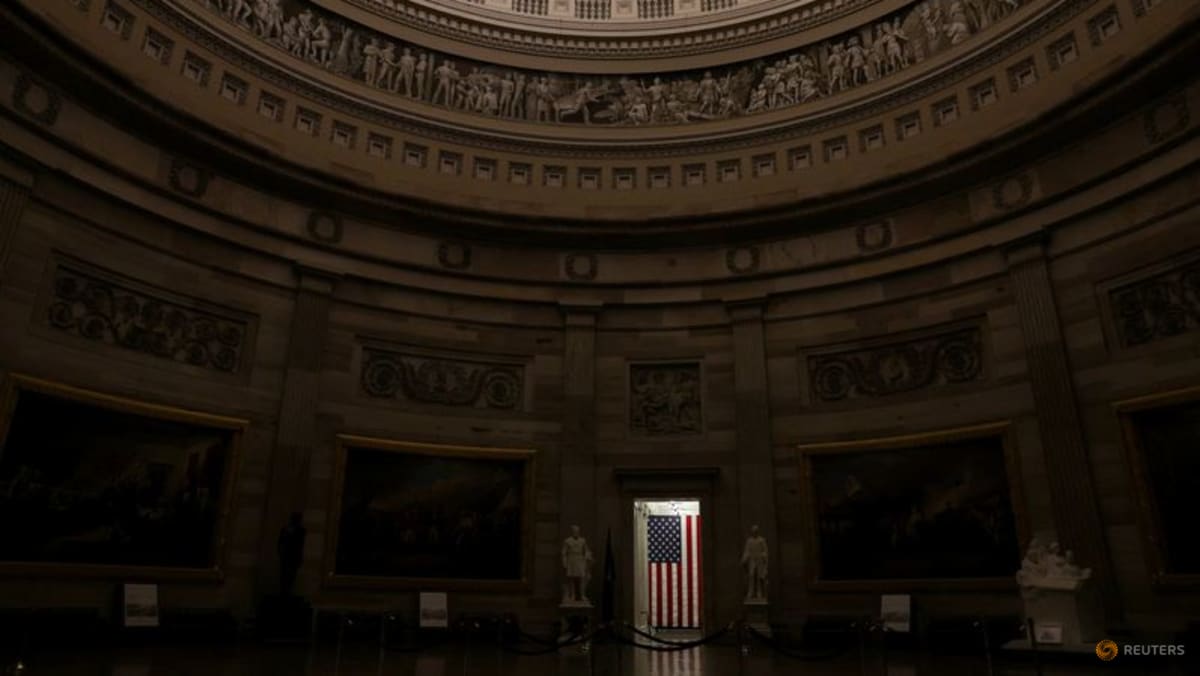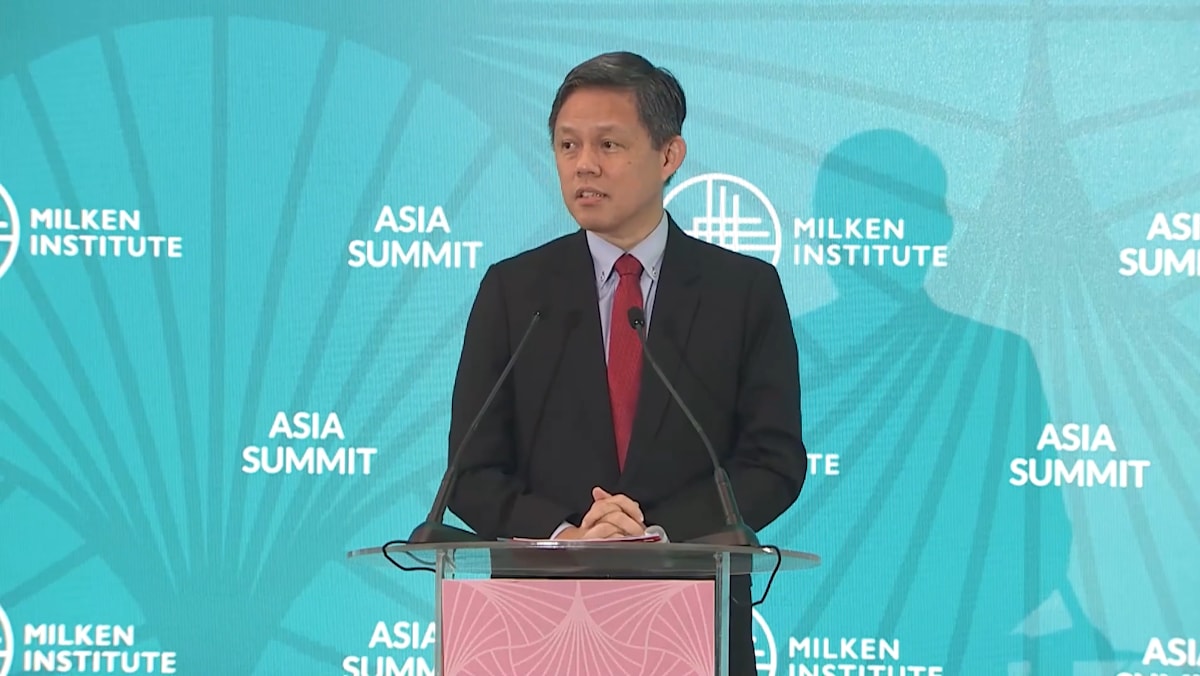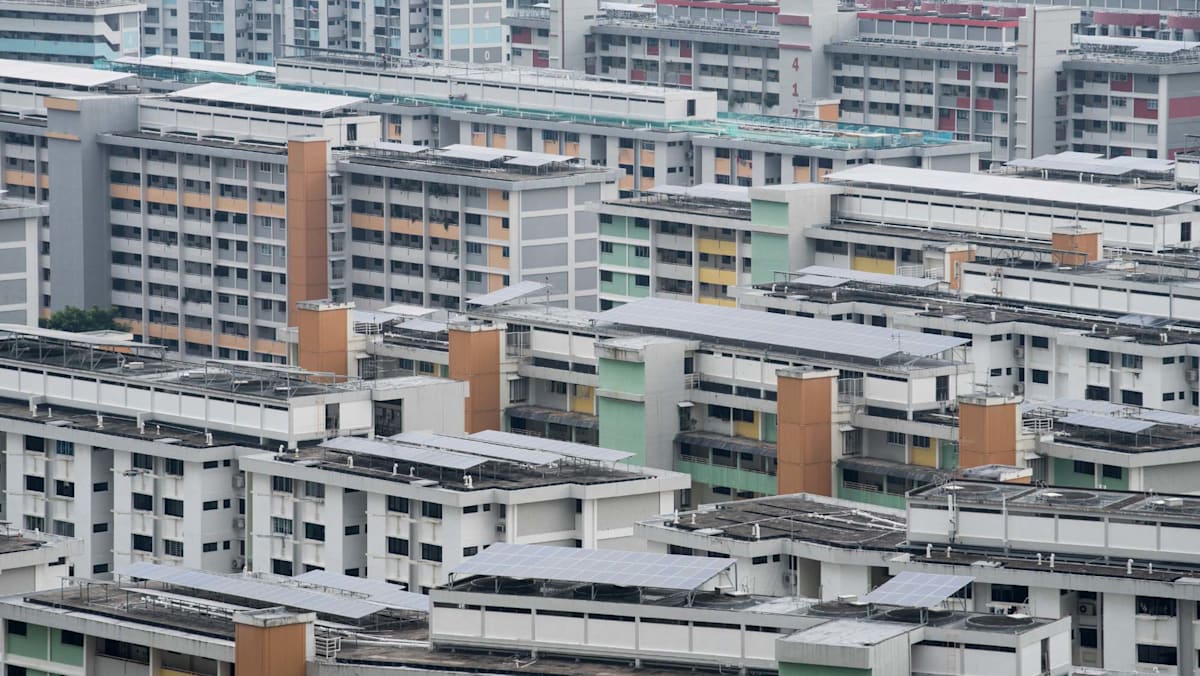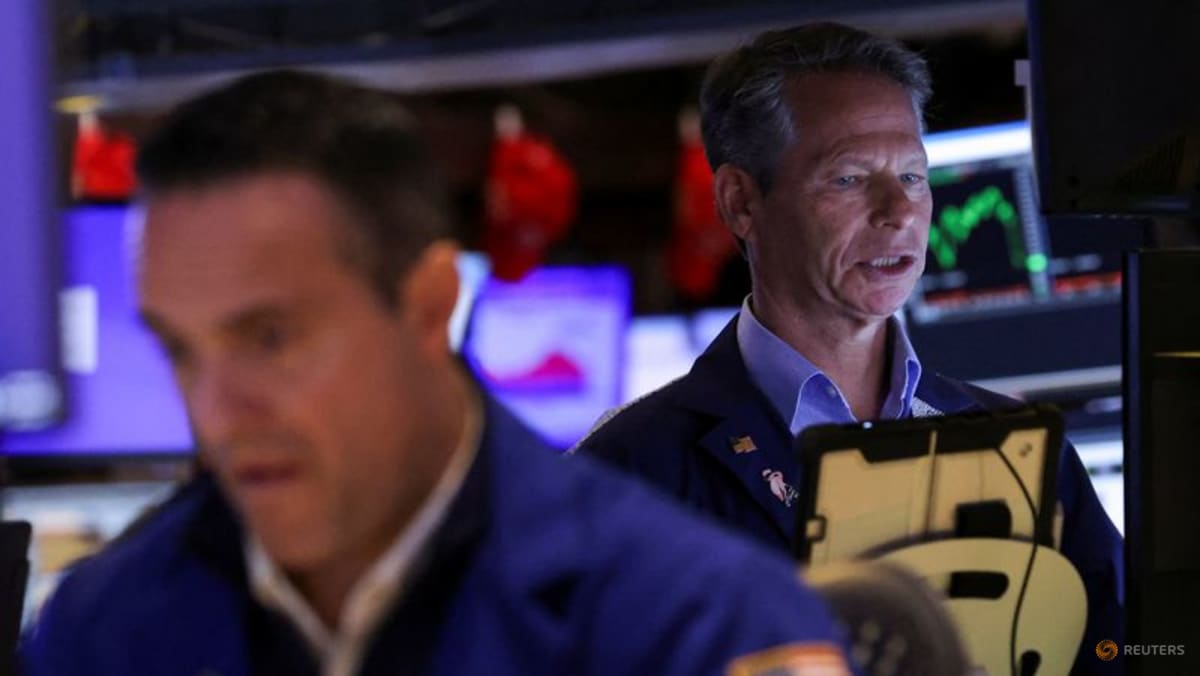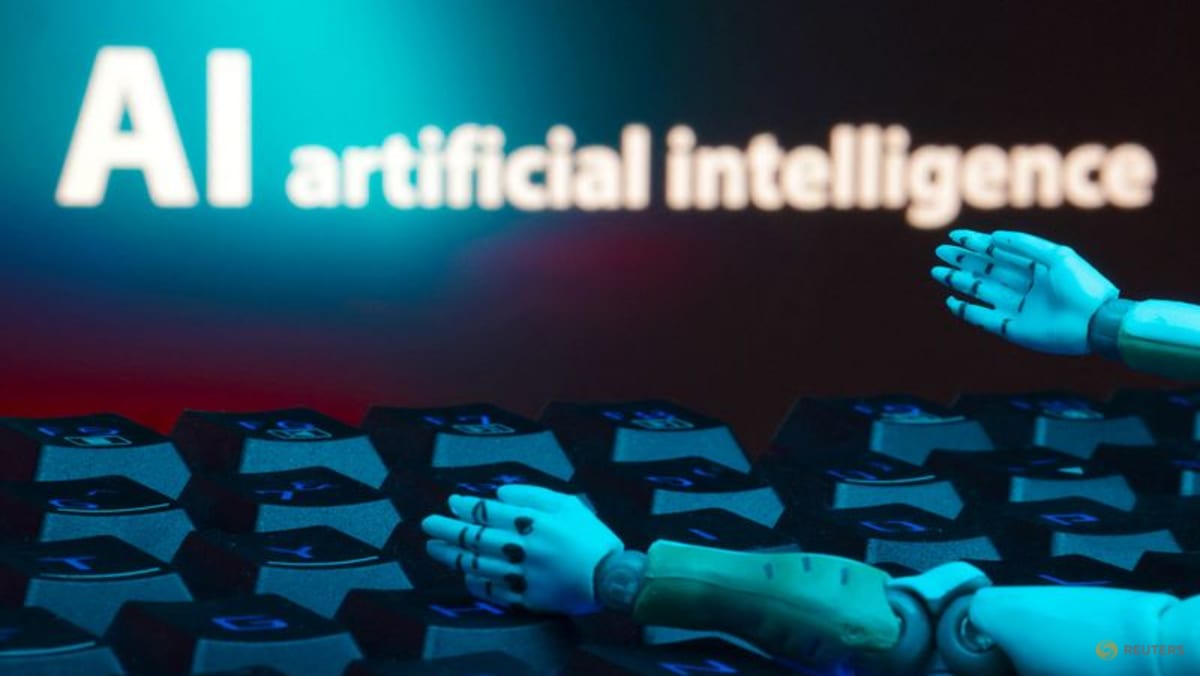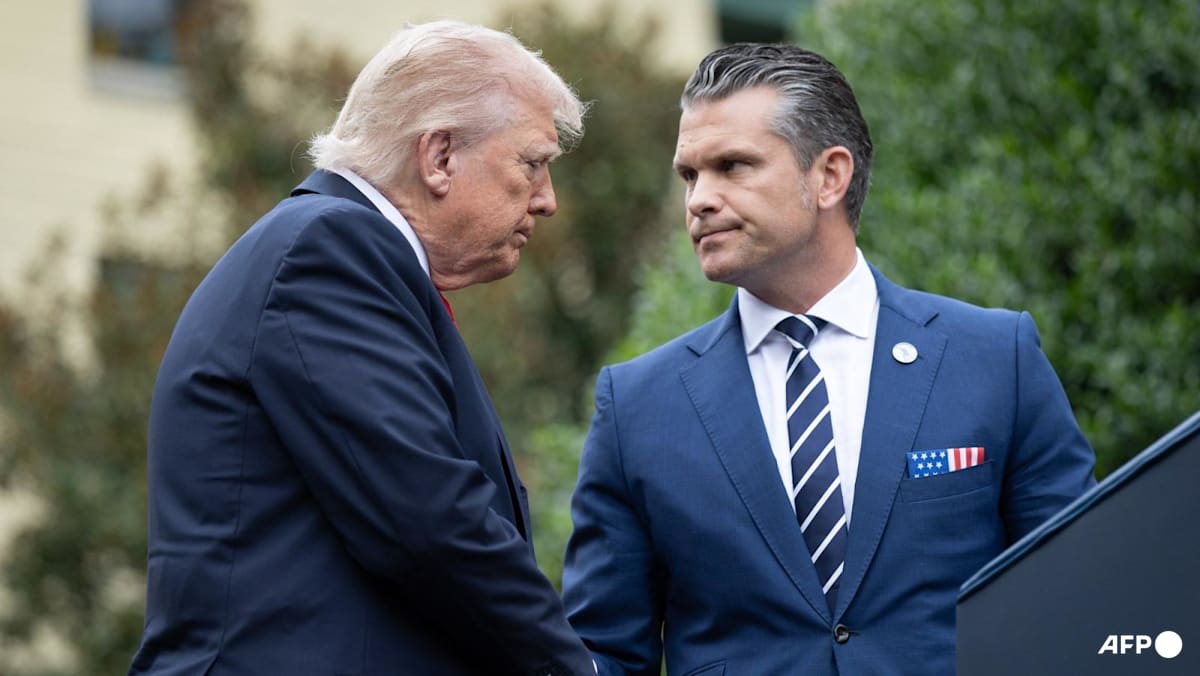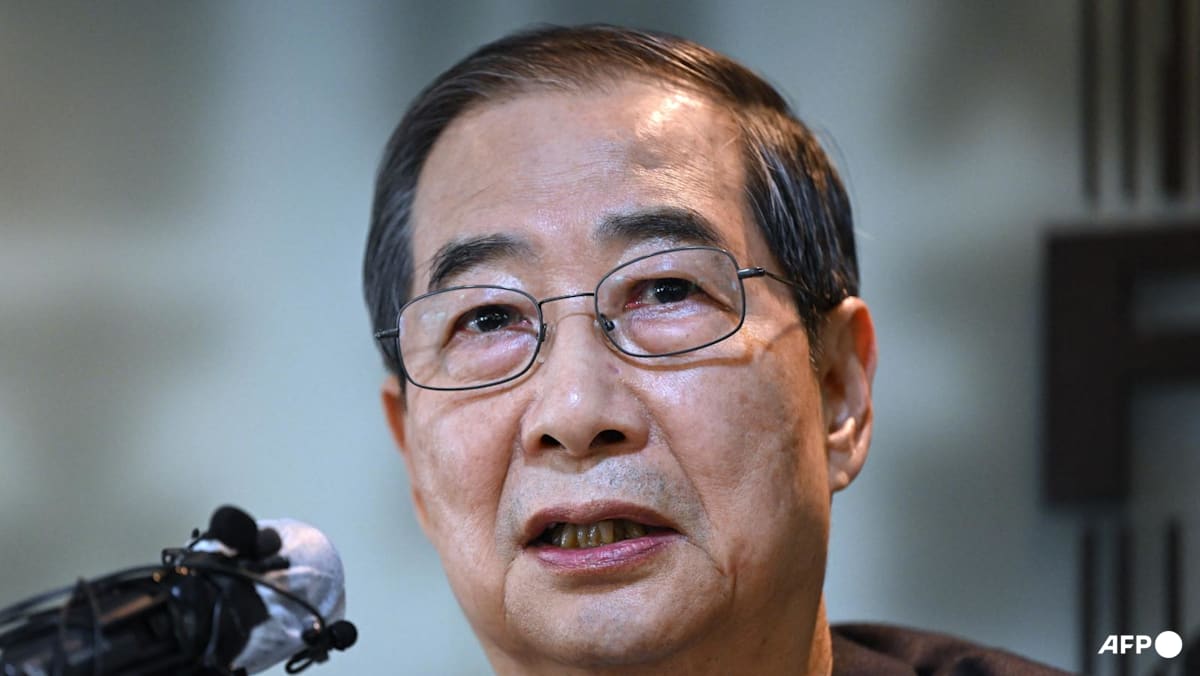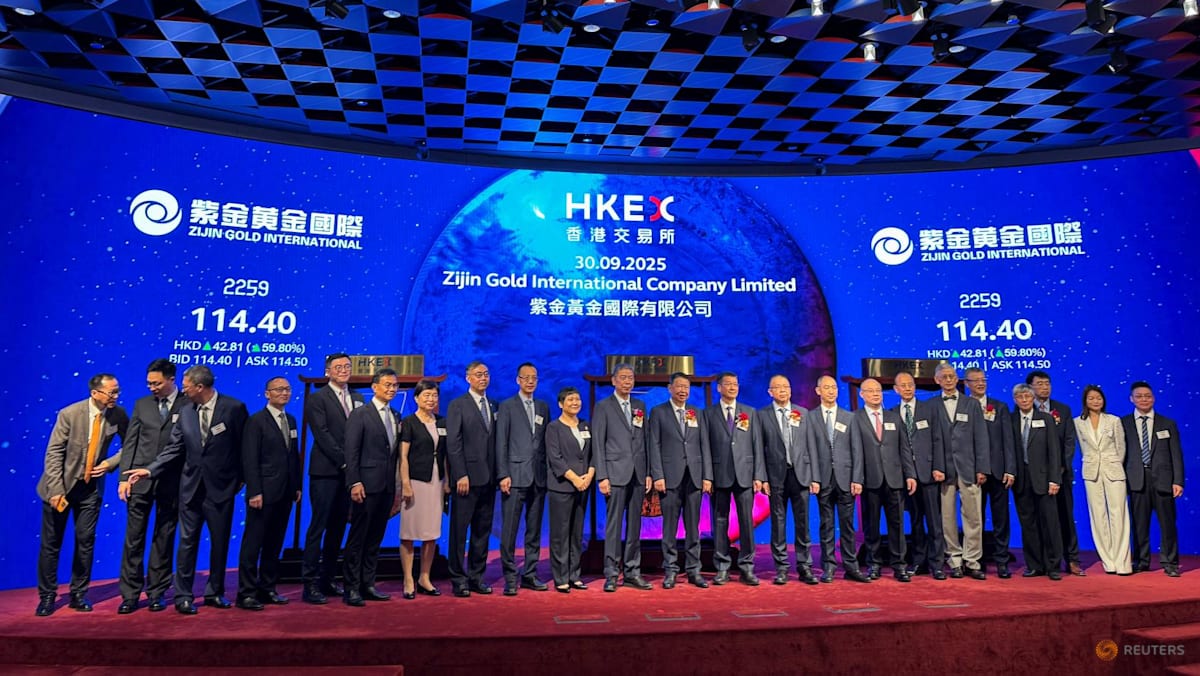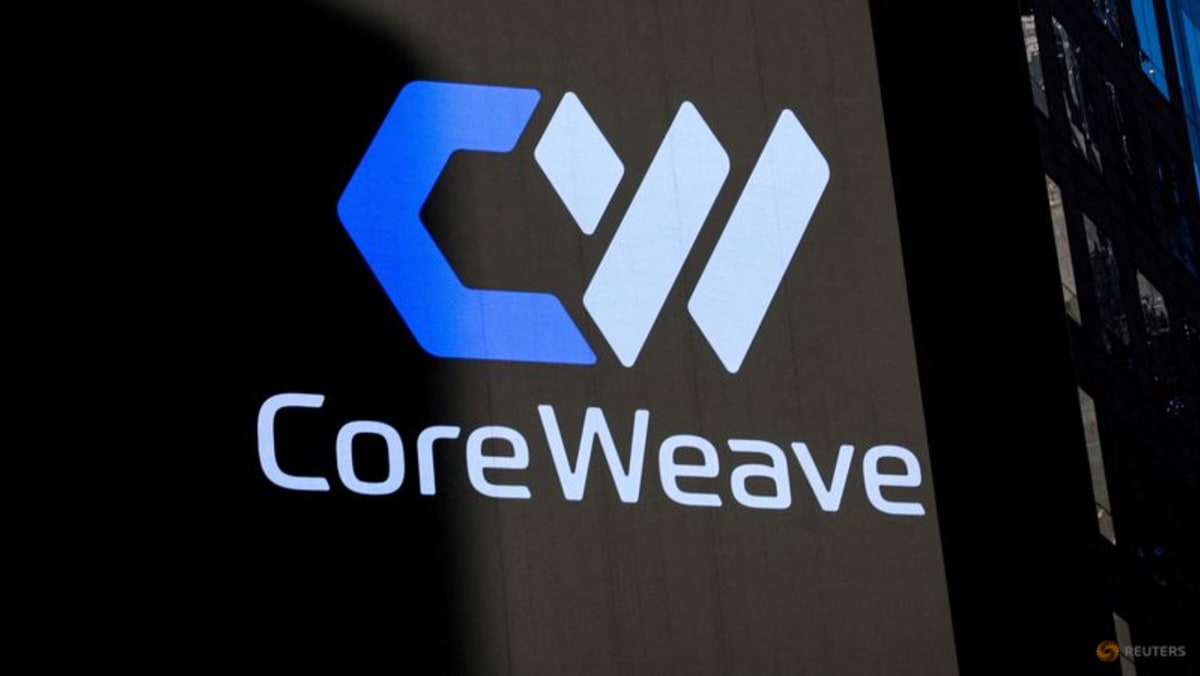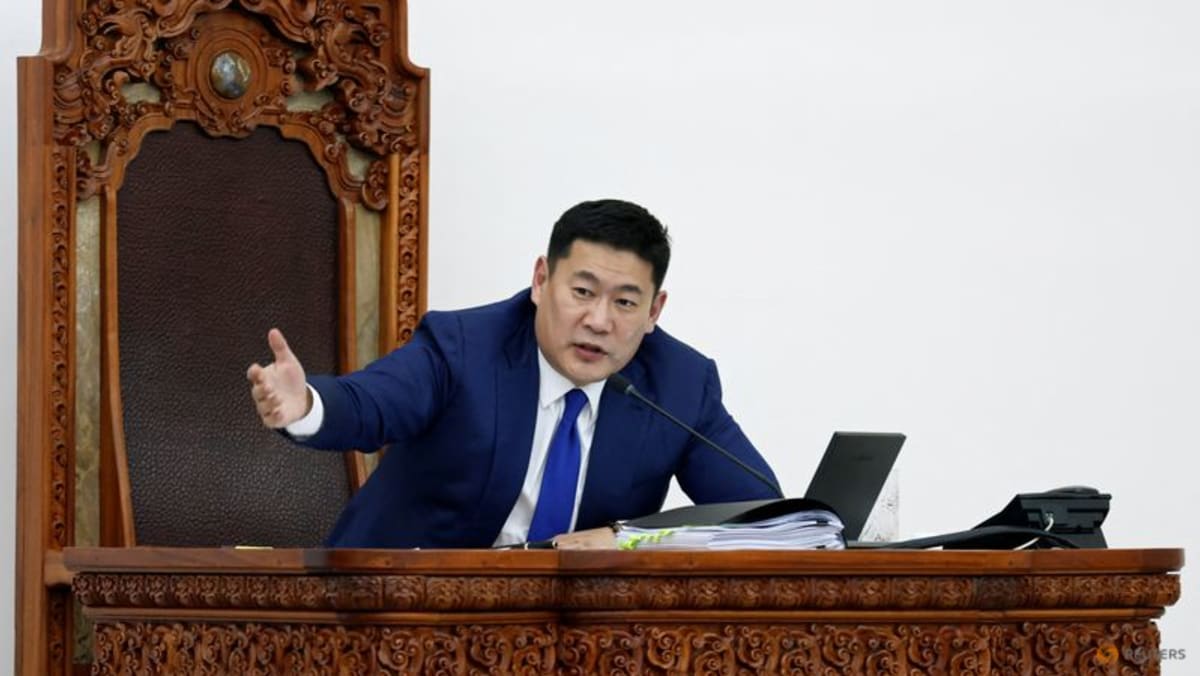NEW YORK: At the beginning of the year, the world was in striking agreement on one point: If Donald Trump went ahead with tariffs, it would strengthen the dollar and trigger stagflation.
Chief executives, investors and commentators all said the same. Economists estimated that every percentage point increase in the tariff rate would shave 0.1 per cent off US growth and add 0.1 per cent to inflation. But so far, the consequences have been far less disruptive than just about anyone expected.
Some analysts still think that’s because Trump’s threats have been mostly posturing. But the effective US tariff rate has already risen from 2.5 per cent to 15 per cent. Tariff revenue is rolling in at an annual rate above US$300 billion, roughly four times the pace this time last year.
Many economists had assumed that, by lowering imports, tariffs would strengthen the dollar almost automatically, as an accounting identity. Instead, it suffered its worst fall over the first half of a year since the early 1970s.
This unexpected turn is now attributed to the fact that the dollar started the year historically overvalued. Many foreigners were heavily exposed to dollar assets. Of late, they have been hedging those risks and investing more outside the US. Many countries are increasingly attractive places to park money, in part because tariff threats inspired them to push economic reform and cut trade deals with non-US partners.
WHY STAGFLATION HAS YET TO MATERIALISE
The bigger mystery is why the stagflationary impact of tariffs has yet to materialise in the aggregate data. Is the US really enjoying a free lunch, taking in US$300 billion a year in tariff revenues with none of the expected heartburn?
By some estimates, foreign exporters are indeed absorbing 20 per cent of the costs – a much larger share than they did in response to tariffs in Trump’s first term. The remaining 80 per cent, however, is still getting paid in roughly equal shares by US corporations and consumers.
The likely answer is that the negative economic effect of tariffs is being countered by other forces, including the mania for artificial intelligence and more government stimulus.
Since January, estimates of what the big tech companies will spend this year on building out AI infrastructure have risen from US$60 billion to US$350 billion. Smaller businesses are scrambling to catch the wave too, further boosting growth. And all this excitement is neutralising the fear that trade policy uncertainty would dampen animal spirits and freeze new capex.
AI-driven bullishness is also lifting growth by keeping financial conditions loose, even with higher interest rates. According to a new index from the Federal Reserve, those conditions would be neutral, not loose, were it not for the stock market, which has continued rising this year due largely to AI stocks.
Meanwhile, the promise of tax relief makes it easier for US corporations to absorb a larger than expected share of the tariff costs, rather than pass it all on to consumers. Trump’s “big, beautiful bill” is expected to save US businesses around US$100 billion this year and more than that in 2026, mainly in tax breaks.
ECONOMIES AREN’T SHAPED BY JUST ONE FACTOR
That is not to say tariffs have no negative economic effect. The costs are in fact starting to show up in higher prices for major household appliances, sporting goods and toys.
Yet the overall inflation rate has been held in check by falling rents and prices for other kinds of goods, including used cars and energy. And those prices are declining for reasons unrelated to tariffs; used-car prices are still retreating from highs created by supply disruptions during the pandemic.
So economists were not entirely wrong about the tariffs. And stagflation may yet materialise, particularly if the average effective rate continues to climb. But so far even a much higher rate has not been enough to overwhelm the larger forces sustaining growth and containing inflation.
In a way what we are seeing is a replay of 2023. That year, too, many expected a big shock (then mainly from Fed rate rises) to dramatically slow US growth, only to find the impact offset by the AI spending boom and the US government’s seemingly bottomless capacity to keep doling out fiscal support.
What the world got wrong, then and now, starts with its mental frameworks. The timeworn mistake of employing simple models, in which a headline-grabbing input A leads in a straight line to outcome B, has been greatly magnified by the global obsession with Trump. He is the only input anyone cares to analyse anymore. But complex economies are rarely shaped by just one factor, not even a shock as big as Trump’s tariffs.


